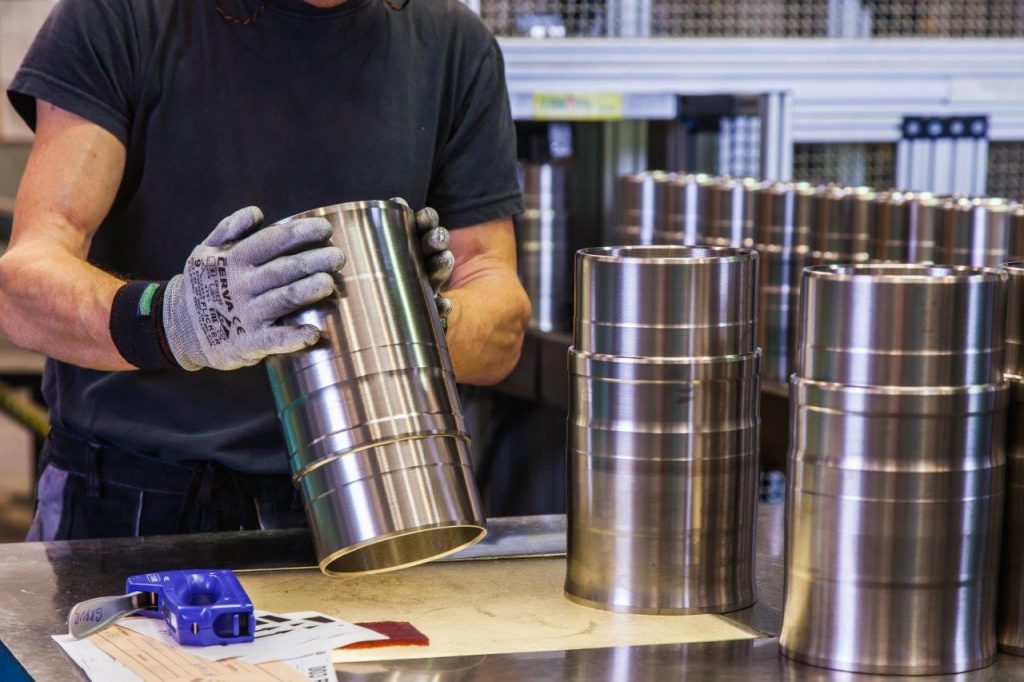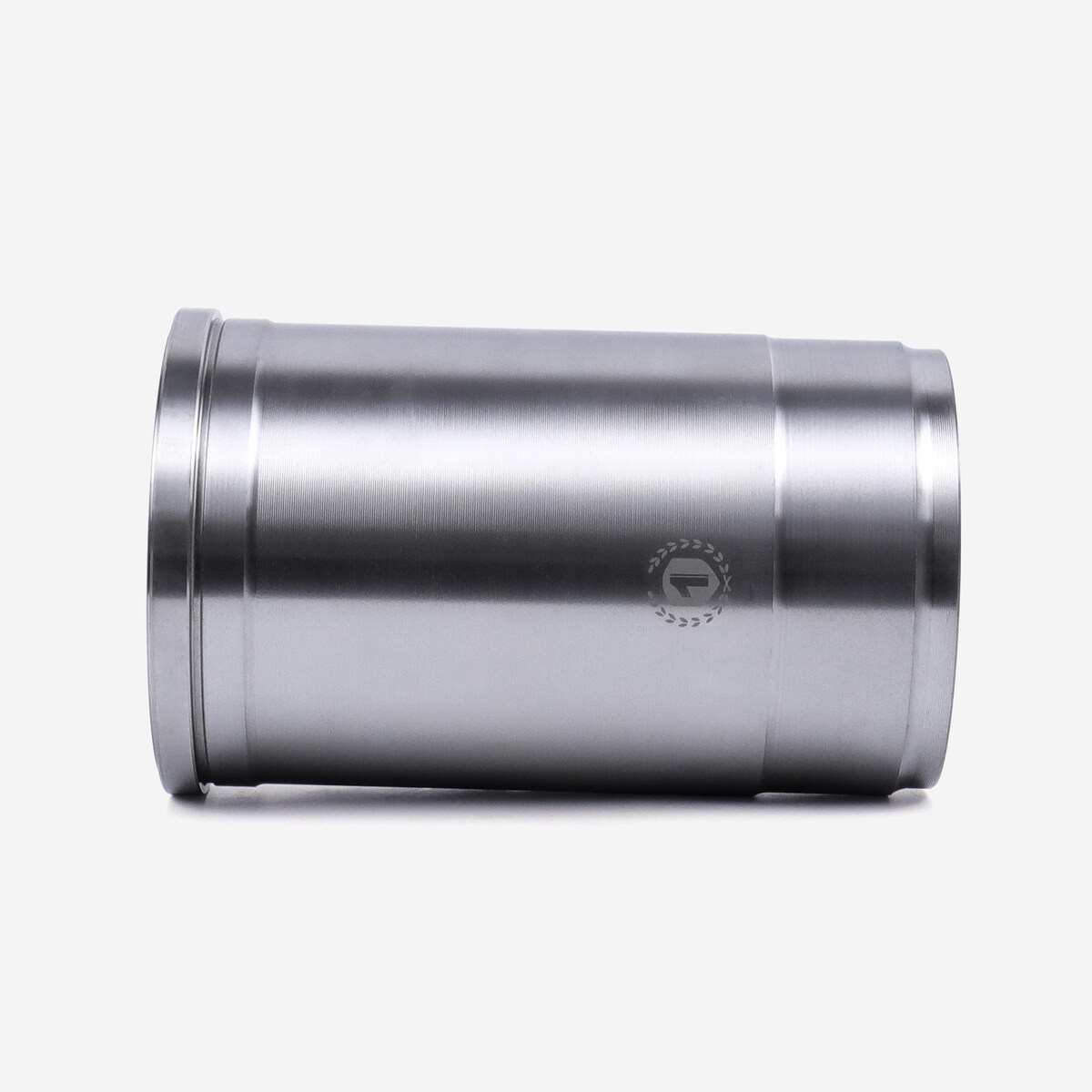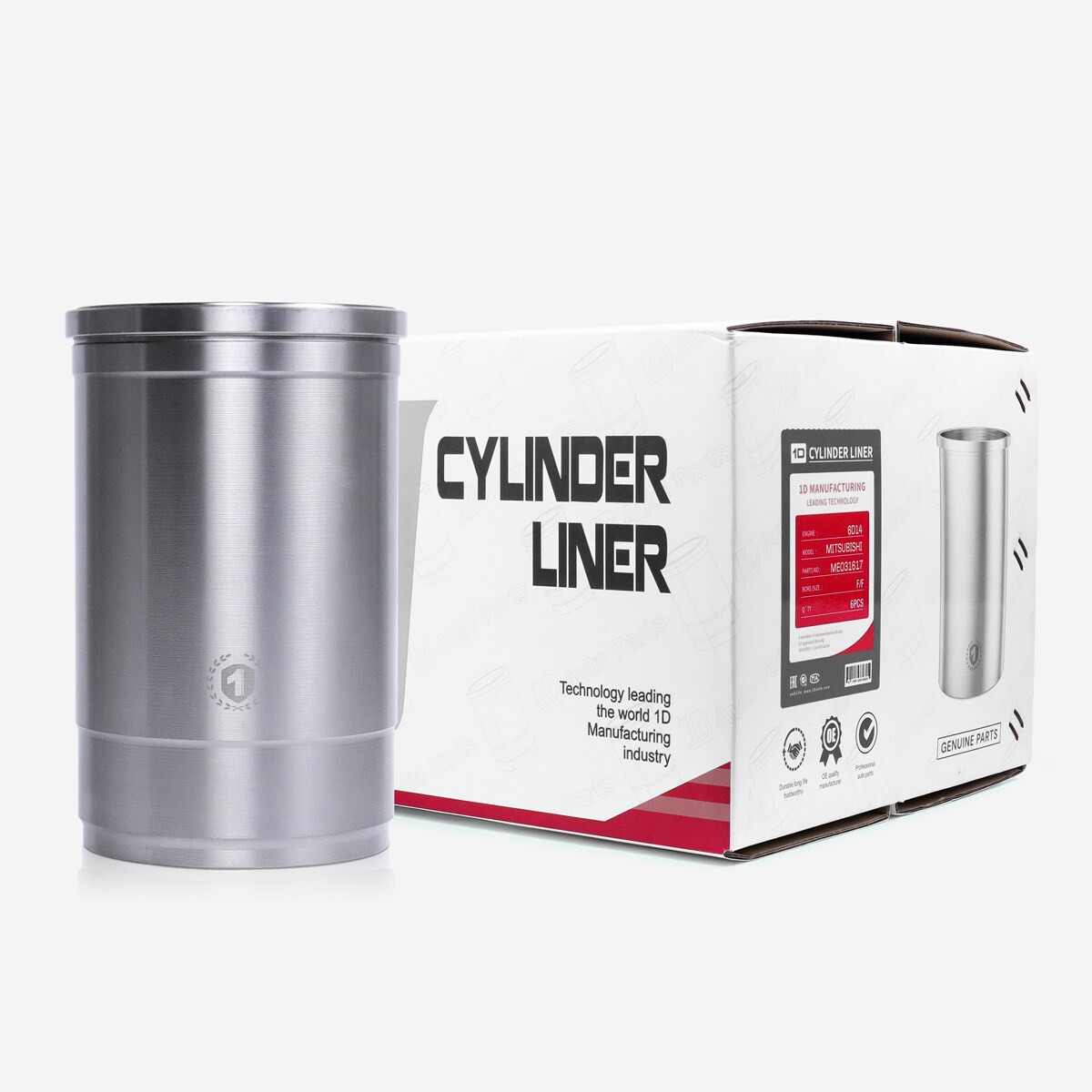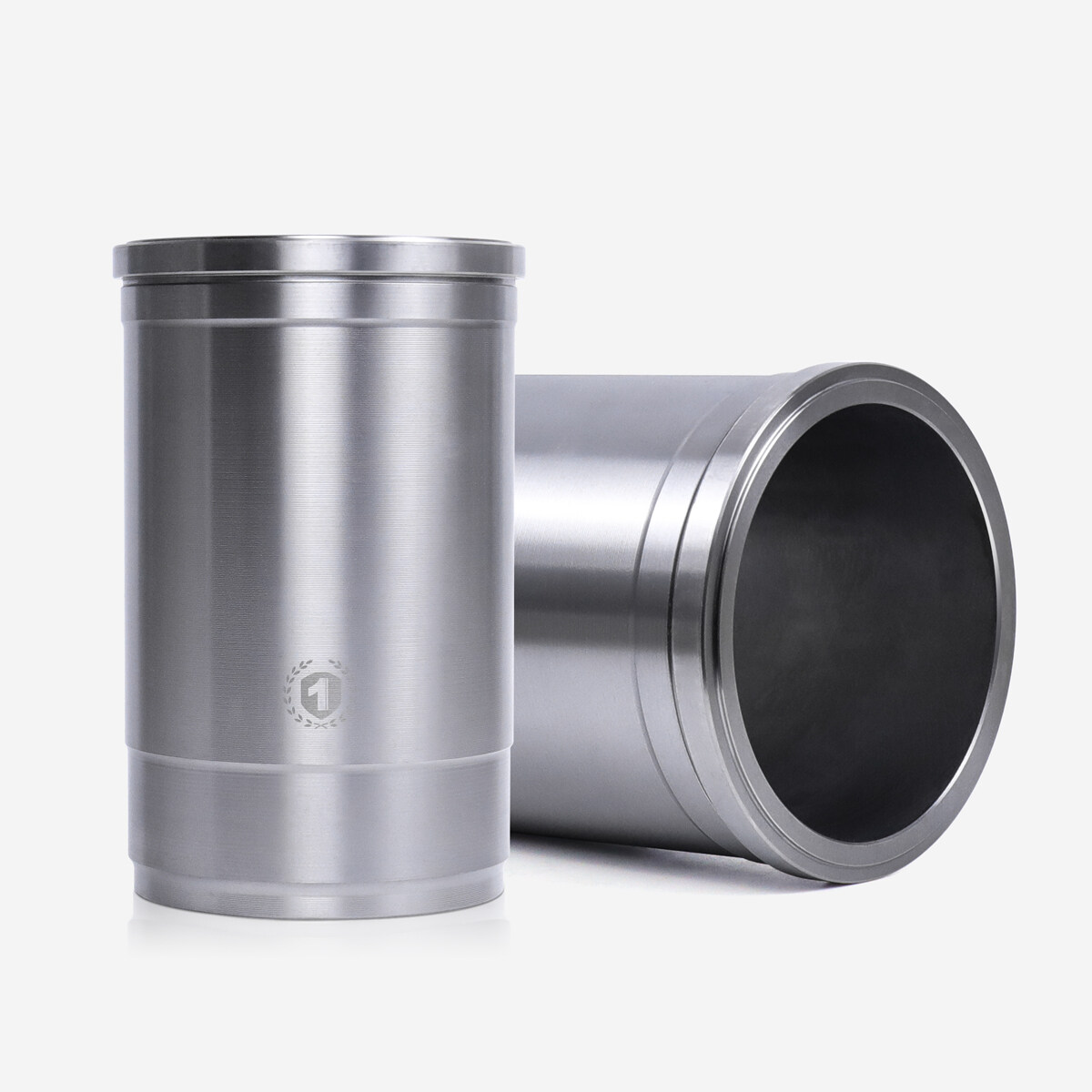Cylinder liners are essential components in the construction of internal combustion engines. They play a pivotal role in ensuring the efficiency and longevity of the engine. In this article, we will explore the material and structural classifications of cylinder liners, as well as how to distinguish between high-quality and inferior products.
Material Classification: Steel and Cast Iron
Cylinder liners can be categorized into two main material types: steel and cast iron.
- Steel Cylinder Liners:Steel cylinder liners are known for their high strength and wear resistance. They are often used in high-performance engines where weight reduction is crucial. Steel liners can withstand higher temperatures and are less prone to thermal expansion, which makes them suitable for engines operating under extreme conditions. However, steel liners are generally more expensive than cast iron ones.
- Cast Iron Cylinder Liners:Cast iron liners are widely used due to their cost-effectiveness and excellent heat dissipation properties. They are more common in mass-produced engines, where cost and ease of manufacturing are significant factors. Cast iron liners can provide a good balance between performance and price, but they are heavier and less durable than steel liners under certain conditions.
 Structural Classification: Finished and Semi-finished
Structural Classification: Finished and Semi-finishedCylinder liners also vary in their structural classification, which can be divided into finished and semi-finished products.
- Finished Cylinder Liners: These liners are ready to be installed in the engine without any further processing. They come in precise dimensions and surface finishes, ensuring optimal fit and performance. Finished liners are preferred in applications where high precision and quality control are essential.
- Semi-finished Cylinder Liners: Semi-finished liners require additional machining operations after installation, such as boring and honing, to achieve the desired dimensions and surface finish. They are more versatile and can be customized to fit various engine designs. However, the additional processing steps may increase the overall production cost and time.
 Distinguishing High-quality from Inferior Cylinder Liner
Distinguishing High-quality from Inferior Cylinder LinerTo differentiate between high-quality and inferior cylinder liners, consider the following factors:
- Material Quality: High-quality liners are made from superior materials that meet strict standards. They should have a uniform microstructure and no visible defects such as cracks, porosity, or inclusions.
- Dimensional Accuracy: Precision in dimensions is crucial for proper fit and function. High-quality liners should have tight tolerances and consistent dimensions throughout the product.
- Surface Finish: A smooth and even surface finish is essential for reducing friction and wear. High-quality liners will have a fine surface finish, free from scratches, pits, or other imperfections.
- Heat Treatment: Proper heat treatment ensures the liner’s mechanical properties, such as hardness and strength. High-quality liners will undergo a controlled heat treatment process to achieve the desired performance.

The above is the content about cylinder liner classification summarized by the editor. I hope it will be helpful to you!
If you need auto parts, we sincerely hope you will choose us!
Whatsapp: +86 18144837660Web: www.1dauto.com.Email: onedauto@qq.com



